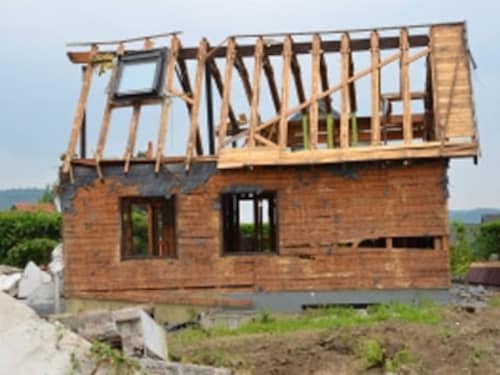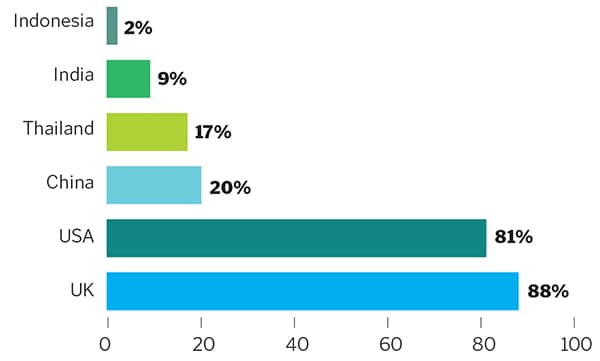62 Mln Houses Needed to Ensure a Home for All: Study


As 95 percent of housing shortage in urban areas (in India) emanate from the EWS (economically weaker section) and LIG (low income group) categories, alternative methods of providing a home to them need to be implemented.
A study—Housing: The Game Changer, by Cushman & Wakefield and Credai—says the Indian real estate sector needs to build 62.45 million units to fill the demand-supply gap. But a host of factors, including inflow of FDI into the sector and regulatory hurdles delaying projects, have pegged back growth in the sector. One silver lining is the low mortgage to GDP ratio (9 percent mortgage compared to 88 percent in the UK and 20 percent in China).
“...despite the priority sector tag, lending to the lowermost segments of the society availing loans of up to Rs 5 lakh constituted just 22.75 percent of the total lending to housing sector in 2010 as per data from public sector banks,” says the report. In other words, there is a lot more scope for Indian financial institutions to increase their exposure to the sector. The only caveat would be not to overdo it, like in the US.
The domestic sector, though, has a lot of catch-up to do in other parameters. The study says, “It is important to note that though population levels of China and India are not too different, the variation in per capita real estate production is more than 3.5 times. The per capita real estate production in China is approximately $5,418 whereas it is $1,486 in India.”
It further adds, “India rates as one of the lowest destinations for attracting cross-border investments in real estate globally in fact, it is the lowest even amongst the BRIC countries. Other Asian markets, such as China, Singapore, Hong Kong, Malaysia, etc. attract much more cross-border real estate investments as can be seen from the adjoining table.”
First Published: Jan 27, 2014, 07:03
Subscribe Now